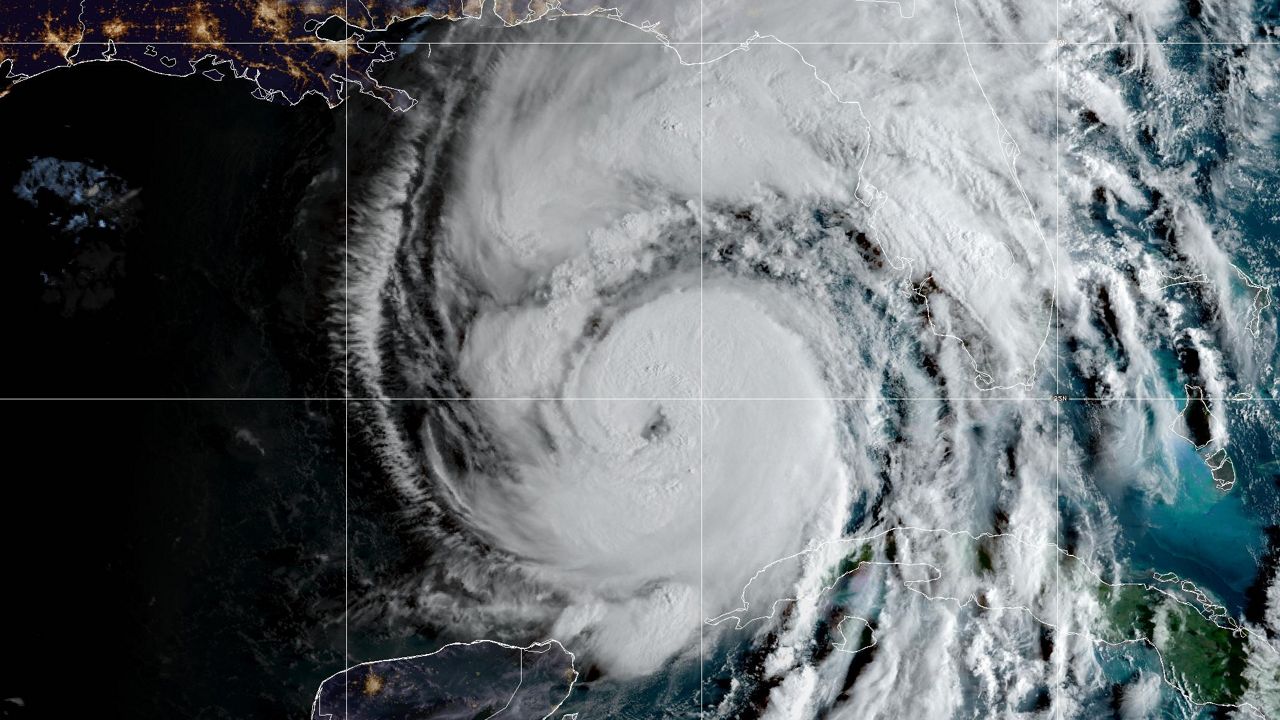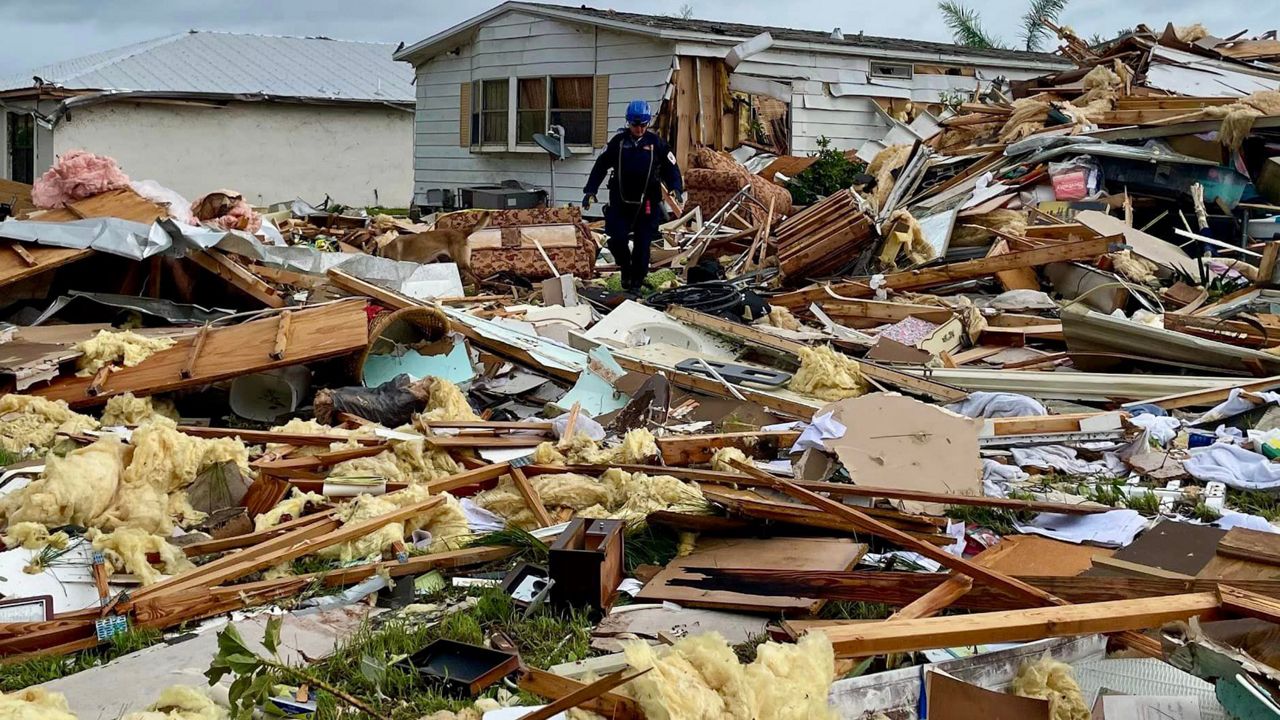From time to time, meteorologists may refer to a tropical disturbance in the Atlantic basin as a Potential Tropical Cyclone. What does this mean?
To put it simply, it means exactly what the term says. It is a tropical disturbance that has the potential to become a tropical cyclone.
The term “potential tropical cyclone” is used to describe a disturbance that hasn’t formed into a tropical storm or hurricane yet but brings a threat of tropical storm or hurricane conditions to land within 48 hours. Often times, tropical storm or hurricane watches or warnings will be issued with advisories regarding a “potential tropical cyclone.”
Up until 2017, a tropical storm or hurricane had to form in order for tropical alerts to be issued. Due to recent technological advances in weather forecasting and improved accuracy, watches and warnings can now be issued for the storm before it even develops. This was accepted by the meteorological community in 2017.
Since then, the term “Potential Tropical Cyclone” has been used when issuing advisories on a disturbance before the storm has officially developed.
Our team of meteorologists dives deep into the science of weather and breaks down timely weather data and information. To view more weather and climate stories, check out our weather blogs section.








